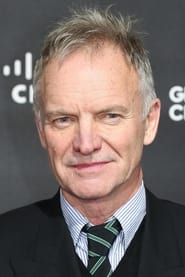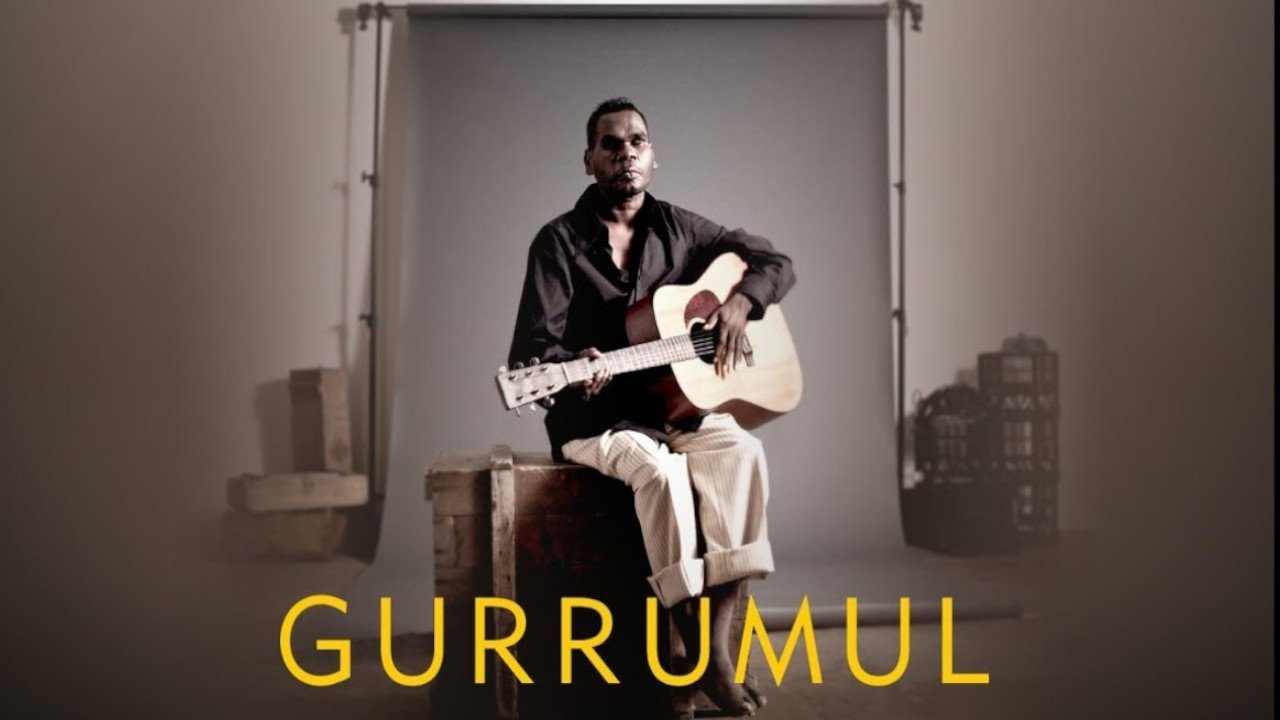

Gurrumul(2018)
A soaring, evocative audio-visual journey into the life, culture and landscapes of one of Australia's most beloved singers – Dr G Yunupingu.
Blind from birth, Dr G Yunupingu found his identity through song and the haunting voice that has already become legend. His debut album introduced Australia to the Songlines and culture of his Elcho Island community, but now Dr G Yunupingu finds himself increasingly torn between city and country, present and past, self and the community to which he owes so much.

Movie: Gurrumul
Top 4 Billed Cast
Video Trailer Gurrumul
Recommendations Movies
 5.7
5.7way(en)
San Francisco filmmaker Konrad Steiner took 12 years to complete a montage cycle set to the late Leslie Scalapino’s most celebrated poem, way—a sprawling book-length odyssey of shardlike urban impressions, fraught with obliquely felt social and sexual tensions. Six stylistically distinctive films for each section of way, using sources ranging from Kodachrome footage of sun-kissed S.F. street scenes to internet clips of the Iraq war to a fragmented Fred Astaire dance number.
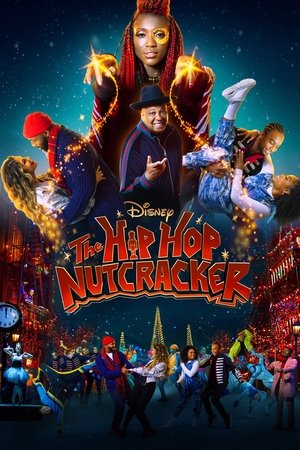 5.3
5.3The Hip Hop Nutcracker(en)
Features Rev Run as he brings audiences on a hip-hop reimagining of The Nutcracker ballet set in NYC.
 7.7
7.7Spider-Man(en)
Spider-man must rescue the beautiful daughter of the evil Dr. Lightning.
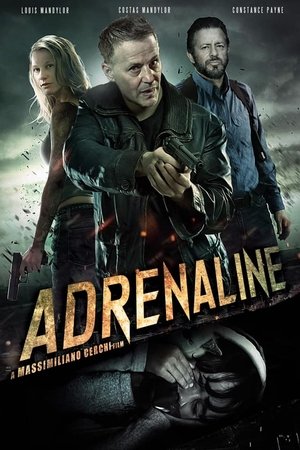 6.0
6.0Adrenaline(en)
A female FBI agent holidaying in Eastern Europe with her family gets her life upside down when her daughter is kidnapped. She has to team up with a criminal on the run to save her daughter before time runs out.
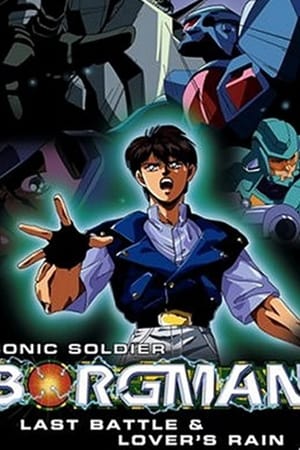 6.6
6.6Sonic Soldier Borgman: Lover's Rain(ja)
Picking up several years after the dissolution of the original Borgman team, this volume reunites the three remaining members--rocket scientist Ryo, his girlfriend Anise, and police officer Chuck Sweager--for the emotionally-driven episode "Lover`s Rain," which finds the trio facing an army of the undead bent on a rampage of murder and destruction.
 4.9
4.9It's a Wonderful Binge(en)
Like the original film, the sequel is set in a near future where all drinking and drugs are banned except for on one glorious day known as The Binge. This year, that day happens to miraculously land on Christmas.
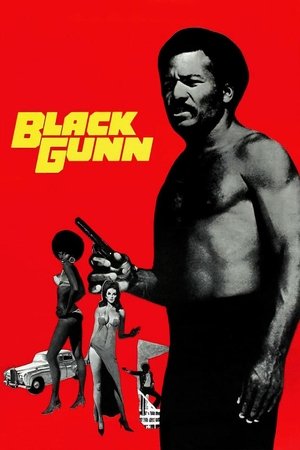 6.0
6.0Black Gunn(en)
A successful and popular nightclub owner who believes financial independence is the path to equality and success, must act as a go-between for militant-minded brother and the white gang syndicate his brother has attacked and robbed. Their involvements lead to a breathless race course chase, the destruction of a dopepusher and a violent waterfront climax.
 5.9
5.9A(ja)
Roughly chronological, from 3/96 to 11/96, with a coda in spring of 1997: inside compounds of Aum Shinrikyo, a Buddhist sect led by Shoko Asahara. (Members confessed to a murderous sarin attack in the Tokyo subway in 1995.) We see what they eat, where they sleep, and how they respond to media scrutiny, on-going trials, the shrinking of their fortunes, and the criticism of society. Central focus is placed on Hiroshi Araki, a young man who finds himself elevated to chief spokesman for Aum after its leaders are arrested. Araki faces extreme hostility from the Japanese public, who find it hard to believe that most followers of the cult had no idea of the attacks and even harder to understand why these followers remain devoted to the religion, if not the violence.
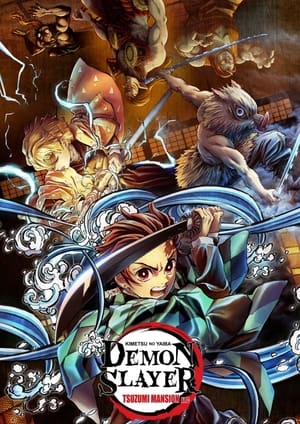 7.4
7.4Demon Slayer: Kimetsu no Yaiba - Tsuzumi Mansion Arc(ja)
A recap of Kimetsu no Yaiba episodes 11–14, with new footage and special end credits. Tanjiro ventures to the south-southeast where he encounters a cowardly young man named Zenitsu Agatsuma. He is a fellow survivor from Final Selection and his sparrow asks Tanjiro to help keep him in line.
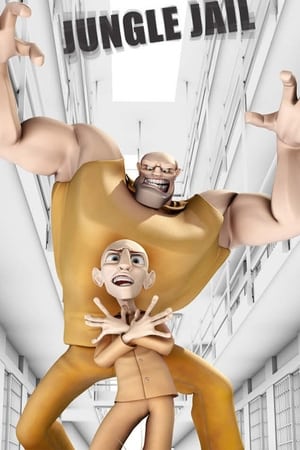 5.9
5.9Jungle Jail(en)
A Little man goes to jail, and is everyones punching bag, until with the help of a bug he takes down the biggest meanest guy in prison.
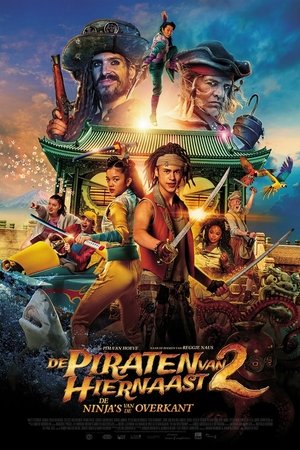 6.5
6.5Pirates Down the Street II: The Ninjas from Across(nl)
The pirates feel right at home in Sandborough, but the atmosphere cools right down when the ninjas come to live in the street. After all, pirates and ninjas are sworn enemies! While pirate captain Hector Blunderbuss struggles to get rid of his new neighbours, son Billy and ninja daughter Yuka become friends. The pirates challenge the ninjas to the ultimate battle at the village's annual hexathlon. Who will win the match? Ninjas are faster and more agile of course, but pirates are the best cheats in all of the seven seas...
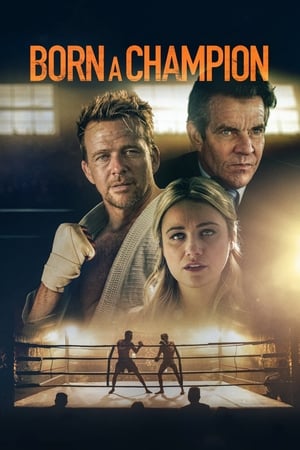 6.9
6.9Born a Champion(en)
After a blood- soaked jujitsu match in Dubai, fighting legend Mickey Kelley falls to superstar Blaine. But years later, an online video proves that Blaine cheated, and the world demands a rematch. Can the aging underdog get back into shape in time to vanquish his foe, get revenge, and claim his prize?
 6.3
6.3An Ideal Father(fr)
Michel, the jovial owner of the only café in a small Normandy town, sees his life turned upside down when his teenage daughter is murdered. The community has his back but soon rumor spreads and Michel is singled out. From the ideal father, he becomes the ideal culprit.
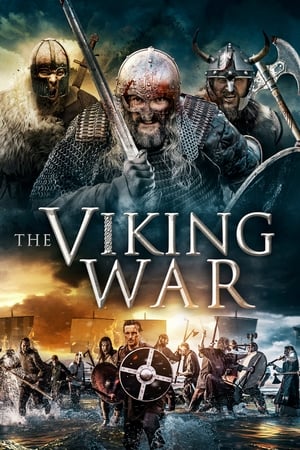 5.1
5.1The Viking War(en)
Ingrid and her siblings are on the run from the Beserkers who have begun invading the villages, taking over, savagely using the residents on a game where they vs a Beserker, and if they win, they get to survive - only, no one ever wins. The siblings are trying to escape the Beserkers after they violently murdered and took over their town. However, the Beserkers are on their trail, and want to put them in the game.
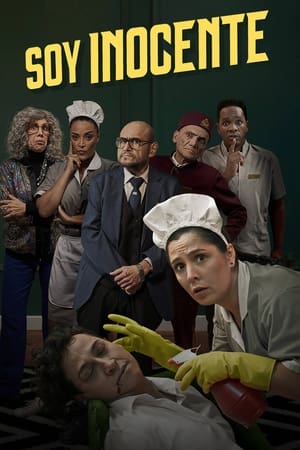 7.1
7.1Soy inocente(es)
Sofia leads an austere life as a housekeeper, wanting to save every penny to support her grandmother and siblings. A day like any other, she finds herself involved in a crime scene in a hotel room. She's innocent, but her prints are everywhere.
 6.8
6.8Diary of a Wimpy Kid: Rodrick Rules(en)
A new school year, his brother Rodrick teases him over and over and over and over again. Will Greg manage to get along with him? Or will a secret ruin everything?
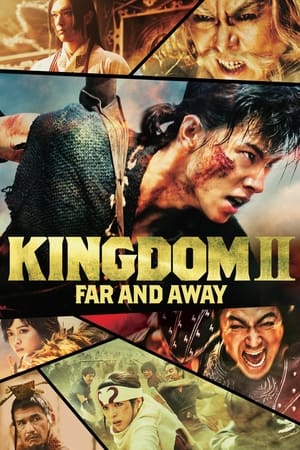 7.2
7.2Kingdom 2: Far and Away(ja)
It follows a young man who dreams of becoming a general and Ying Zheng, whose goal is unification.
Similar Movies
 9.0
9.0The Song That Calls You Home(en)
A personal, scientific, mystical exploration of Amazonian curanderismo, focus on Ayahuasca and Master Plants, their healing and visionary properties and risks, along with the Shipibo people and their songs.
 0.0
0.0Through the Repellent Fence: A Land Art Film(en)
The film follows Postcommodity, an interdisciplinary arts collective comprised of Raven Chacon, Cristóbal Martinez and Kade L. Twist, who put land art in a tribal context. The group bring together a community to construct the Repellent Fence, a two-mile long ephemeral monument “stitching” together the US and Mexico.
Sabino Vive: Las últimas fronteras.(es)
The documentary recreates the facts in the life of the Yukpa Chief, Sabino Romero, an indigenous fighter killed on March 3, 2013, in the Chaktapa community of the Sierra de Perija in Zulia state, Venezuela. The film reflects the infinite struggle of Sabino and his people, accompanied by the social groups, in this story of truly libertarian images made with blood and fire, revealing the skein of interests that forged and carried out Sabino's murder, and the attitude Inhuman and murderous of those who made it another victim of history.
 9.0
9.0Forests(fr)
In a dark, ambiguous environment, minuscule particles drift slowly before the lens. The image focuses to reveal spruce trees and tall pines, while Innu voices tell us the story of this territory, this flooded forest. Muffled percussive sounds gradually become louder, suggesting the presence of a hydroelectric dam. The submerged trees gradually transform into firebrands as whispers bring back the stories of this forest.
Yellowtail(en)
Yellowtail is the story of a young Native American cowboy searching for meaning as his chaotic lifestyle begins to wear on him both physically and mentally. To find his purpose the young man has to reflect on his upbringing as a native to become the spiritually connect man he was meant to be.
 0.0
0.0Territoires, alliances et autres métissages(fr)
By retracing the mixed heritage of First Nations peoples and Quebecers, painting a modern portrait, and sketching a human geography, this film helps us (re)discover the beauty and strength of our common territory: the Americas.
 3.0
3.0Foster Child(en)
Gil Cardinal searches for his natural family and an understanding of the circumstances that led to his becoming a foster child. An important figure in the history of Canadian Indigenous filmmaking, Gil Cardinal was born to a Métis mother but raised by a non-Indigenous foster family, and with this auto-biographical documentary he charts his efforts to find his biological mother and to understand why he was removed from her. Considered a milestone in documentary cinema, it addressed the country’s internal colonialism in a profoundly personal manner, winning a Special Jury Prize at Banff and multiple international awards.
 8.2
8.2Baraka(en)
A paralysingly beautiful documentary with a global vision—an odyssey through landscape and time—that attempts to capture the essence of life.
 8.0
8.0Haida Gwaii: Restoring the Balance(en)
The conflict over forestry operations on Lyell Island in 1985 was a major milestone in the history of the re-emergence of the Haida Nation. It was a turning point for the Haida and management of their natural resources.
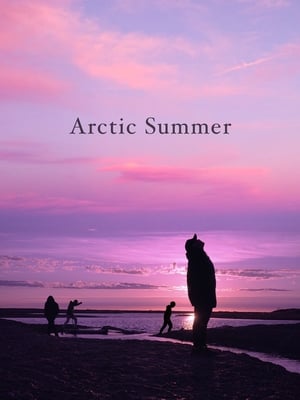 0.0
0.0Arctic Summer(en)
ARCTIC SUMMER is a poetic meditation on Tuktoyaktuk, an Indigenous community in the Arctic. The film captures Tuk during one of the last summers before climate change forced Tuk's coastal population to relocate to more habitable land.
 0.0
0.0Ngā Tamatoa: 40 Years On(en)
Actor Rawiri Paratene was 16 years old when he joined Māori activist group Ngā Tamatoa (Young Warriors) in the early 1970s. "Those years helped shape the rest of my life," says Paratene in this 2012 Māori TV documentary, directed by Kim Webby. The programme is richly woven with news archive from the 1970s, showing protests about land rights and the Treaty of Waitangi, and a campaign for te reo to be taught in schools. Several ex Ngā Tamatoa members — including Hone Harawira, Tame Iti and Larry Parr— are interviewed by Paratene, who also presents the documentary.
Gros chat(fr)
Siméon Malec, host on Pakueshikan FM radio, receives Marie-Soleil Bellefleur on the air to discuss new regulations concerning salmon nets. To their great dismay, the duo is constantly interrupted by increasingly worrying calls... It seems that a lion has been seen in the community!
 9.0
9.0Kímmapiiyipitssini: The Meaning of Empathy(en)
Follow filmmaker Elle-Máijá Tailfeathers as she creates an intimate portrait of her community and the impacts of the substance use and overdose epidemic. Witness the change brought by community members with substance-use disorder, first responders and medical professionals as they strive for harm reduction in the Kainai First Nation.
 0.0
0.0Mi'kmaq Family (Migmaoei Otjiosog)(en)
This documentary takes you on a reflective journey into the extended family of Nova Scotia’s Mi'kmaq community. Revisiting her own roots, Mi'kmaq filmmaker and mother Catherine Anne Martin explores how the community is recovering its First Nations values, particularly through the teachings of elders and a collective approach to children-rearing. Mi'kmaq Family is an inspiring resource for both Indigenous and non-Indigenous audiences who are looking for ways to strengthen and explore their own families and traditions. We hear the Mi'kmaq language spoken and a lullaby is sung by a Mi'kmaq grandmother featured in the film.
Thacker Pass: Mining The Sacred(en)
In Nevada’s remote Thacker Pass, a fight for our future is playing out between local Indigenous tribes and powerful state and corporate entities hellbent on mining the lithium beneath their land. Vancouver-based Lithium Americas is developing a massive lithium mine at Thacker Pass, but for more than two years several local tribes and environmental organizations have tried to block or delay the mine in the courts and through direct action.
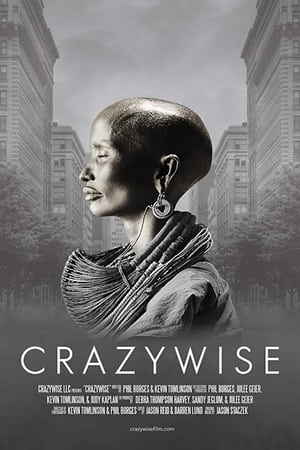 6.0
6.0Crazywise(en)
Western culture treats mental disorders primarily through biomedical psychiatry, but filmmakers Phil Borges and Kevin Tomlinson reveal a growing movement of professionals and survivors who are forging alternative treatments that focus on recovery and turning mental “illness” into a positive transformative experience.
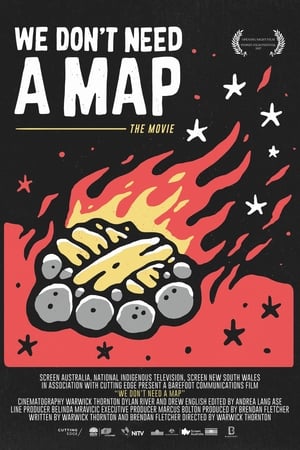 6.7
6.7We Don't Need a Map(en)
Filmmaker Warwick Thornton investigates our relationship to the Southern Cross, in this fun and thought provoking ride through Australia's cultural and political landscape.
 0.0
0.0Her Name is Nanny Nellie(en)
Powerful and poignant, Her Name is Nanny Nellie offers us the rare privilege of bearing witness to a family reclaiming their history. In 1925, the Australian Museum commissioned three statues of ‘full blood ’Aboriginal people: a child, a man and a woman, exhibited as nameless objects to be studied as examples of a ‘dying race.’ The woman was Nellie Walker, Irene Walker’s great grandmother and director Daniel King’s great, great grandmother. Now Irene is on a journey to retrace Nellie’s life and to reconnect the other families to their ancestors’ statues and re-display them, this time with their names, identities and dignity. This is far more than a symbolic quest, but an opportunity to change how we remember and represent, and to give the nameless names.

